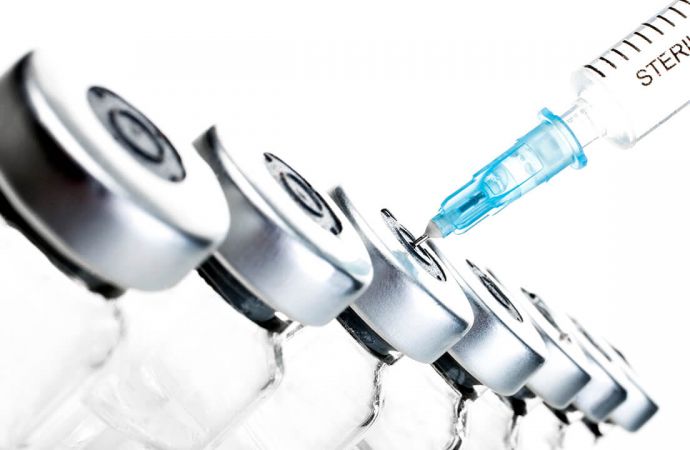A new paper from the compressor manufacturer looks at future refrigerant use in the light commercial sector.

From Embraco's Light Commercial Refrigeration Refrigerants Outlook 2017: ‘Refrigerant options now and in the future'
Hydrocarbons and CO2 will take centre stage in the greener refrigeration of the future, according to a position paper published this month by Brazilian compressor manufacturer Embraco entitled “Light Commercial Refrigeration Refrigerants Outlook 2017: ‘Refrigerant options now and in the future’”.
In a policy statement, Embraco pledges to “support proactively [the] use of natural refrigerants without any compromise for safety of appliances including technician training”.
The paper recommends going directly to the final refrigerant options of the future. “Only hydrocarbons can be considered a final solution, while synthetic refrigerants options [like HFOs] are still under development and the legislation to allow their use, is still under development,” it states.
[Pledges to] support proactively [the] use of natural refrigerants without any compromise for safety of appliances including technician training.”
– Embraco
Embraco currently has compressor lines using hydrocarbons R290 and R600a. The paper cites current barriers preventing the company from using propane across its compressor range.
“Today, present IEC standard used for hermetically sealed applications, (EN60335-2-89), is limiting to 150 grams the charge of any flammable refrigerant, which makes the transition to low GWP refrigerants difficult,” the paper states.
Embraco believes the IEC SC61C/WG4 working group will change this for the commercial refrigeration sector. It cites 2018 as the likely date of the working group’s final decision to increase the refrigerant charge.
The paper concludes, “hydrocarbons (isobutane-R600a and propane-R290), represent the best, long-term solution for light commercial applications both in low and medium pressure”.
Related stories




